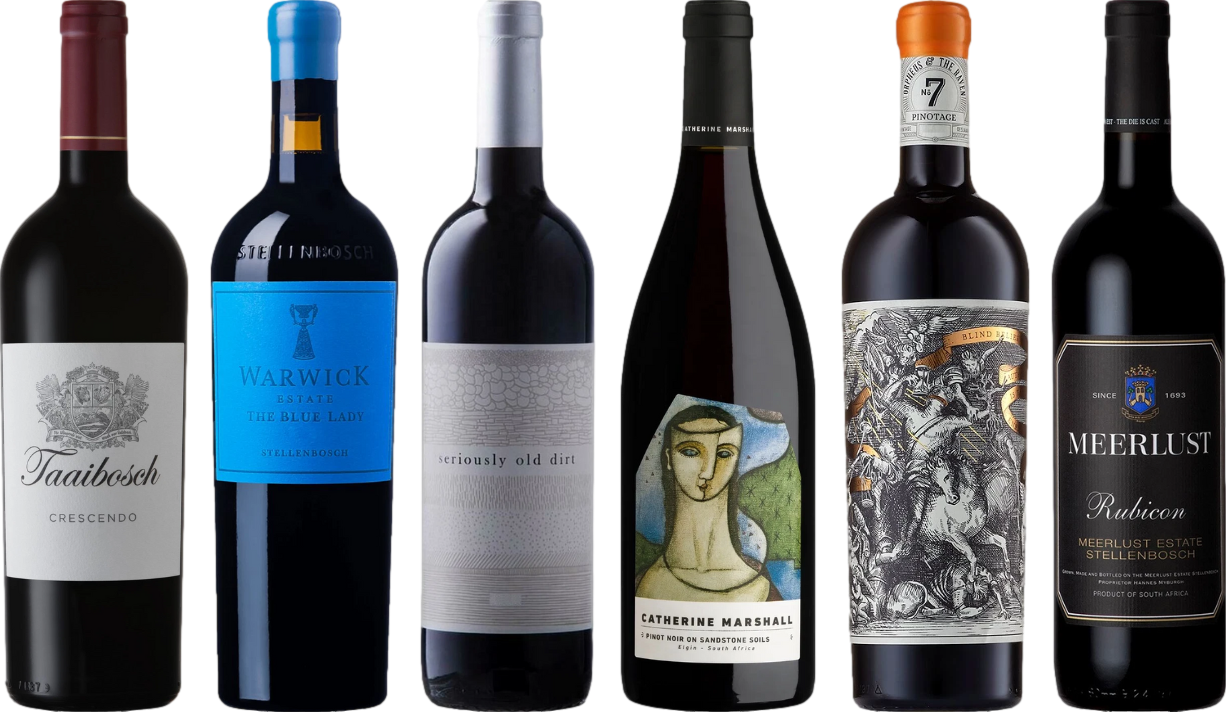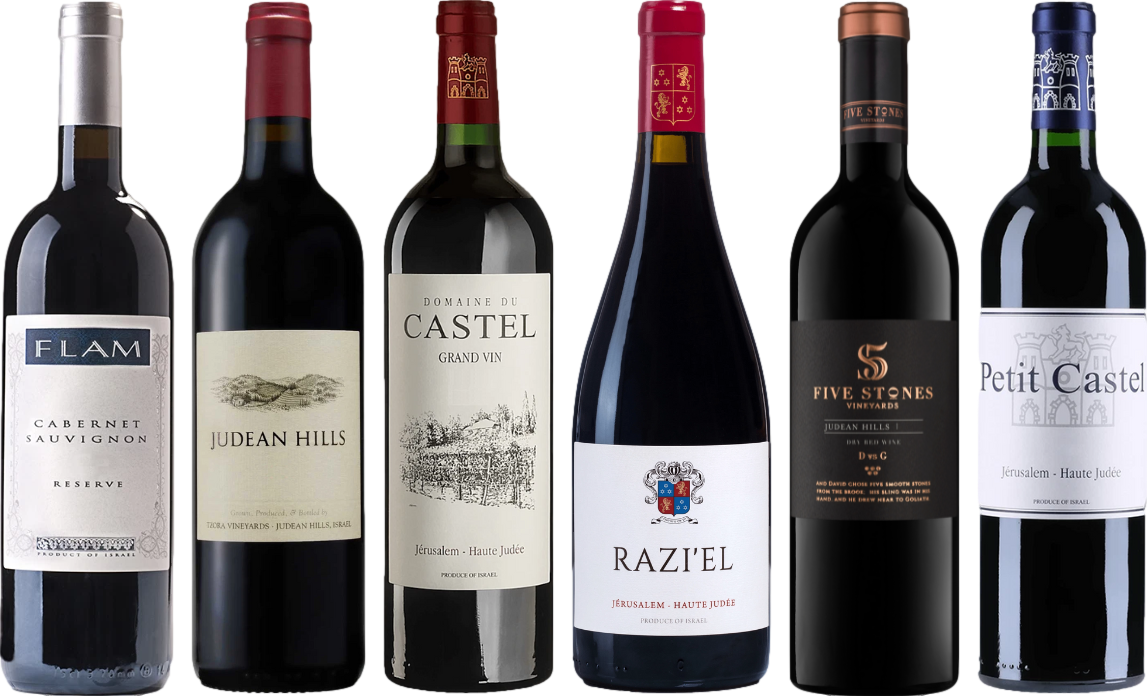



For a rich and flavorful result, incorporate approximately half a cup of a good quality red varietal into your tomato-based concoction. This amount strikes a balance, enhancing the dish without overwhelming the other ingredients.
Consider using a medium-bodied choice like Chianti or Merlot, as these wines impart depth and complexity. Before blending, allow the liquid to simmer for a few minutes, allowing the alcohol to evaporate and the essence of the grape to infuse seamlessly into your dish.
Adjust the quantity based on your personal palate; if you prefer a stronger flavor, a three-quarters cup can work well. Experimentation may lead you to discover your ideal ratio, enhancing your culinary masterpiece with every batch.
Optimal Quantity of Burgundy for Pasta Dish
The ideal amount to incorporate is approximately half a cup for a standard recipe serving four. This quantity strikes a balance, enhancing the flavor profile without overwhelming the dish.
If you prefer a more pronounced flavor, consider increasing to three-quarters of a cup. However, taste as you go; reducing the liquid can concentrate the flavors, allowing for adjustments based on personal preference.
Select a medium-bodied variant, which complements the acidity of tomatoes without overshadowing the other ingredients. Look for bottles with berry notes or subtle oak, as these harmonize beautifully with herbs and spices.
For a richer sauce, simmer the mixture longer to allow the alcohol to evaporate, concentrating the essence of the beverage. Adding it at the beginning of the cooking process helps meld the flavors seamlessly.
Experimentation is key; adjust based on your palate. Document your findings to refine your technique and achieve the perfect balance in future culinary endeavors.
Choosing the Right Type of Red Wine for Sauce
Select a medium to full-bodied option like Chianti or Merlot for a robust flavor. These varieties enhance the dish without overpowering it. For a touch of spice, consider Zinfandel; its fruit-forward profile adds depth. Avoid overly tannic selections such as Cabernet Sauvignon, which can create an undesired bitterness in the final dish.
Look for bottles labeled as dry, as sweetness can clash with savory ingredients. If you prefer a more subtle touch, Pinot Noir offers a lighter profile that complements without dominating. Always opt for a wine you enjoy drinking, as its characteristics will shine through in the preparation.
Consider the acidity of the chosen variety. Wines with higher acidity balance well with tomatoes, enhancing their natural flavors. A well-chosen option will harmonize with the ingredients, leading to a more cohesive and satisfying dish.
Determining the Ideal Wine-to-Sauce Ratio
The optimal ratio for blending liquid with your culinary mix is approximately 1/2 to 1 cup per every 4 servings. Adjust based on personal taste preferences and desired depth of flavor. Begin with a smaller amount, allowing for gradual incorporation. This method ensures a balanced infusion without overpowering the dish.
To fine-tune the balance, consider the acidity level of the ingredients. If your tomatoes are particularly sweet, a higher proportion of liquid can enhance the overall harmony. Conversely, if the mixture is already tangy, reduce the quantity to maintain equilibrium.
Use this table as a quick reference for different batch sizes:
| Servings | Amount of Liquid |
|---|---|
| 2 | 1/4 to 1/2 cup |
| 4 | 1/2 to 1 cup |
| 6 | 3/4 to 1 1/2 cups |
| 8 | 1 to 2 cups |
Experimentation is key; taste regularly and adjust accordingly. For those seeking additional cleaning insights for your kitchen tools, consider exploring a commercial pressure washer pump for efficient maintenance.
Adjusting Flavor Based on Cooking Time
For a robust taste, consider simmering your dish for at least 30 minutes, allowing the essence of the ingredients to meld. This duration enhances depth, making it suitable for a richer red varietal. If you’re planning a longer cooking time, such as an hour or more, opt for a more substantial pour, around a half cup, to balance the flavors as they concentrate.
For quicker preparations, limit the volume to a quarter cup. This maintains a fresh profile without overwhelming the palate. A swift cook time can benefit from lighter choices; think of a soft Merlot or a Pinot Noir, which provide a gentler touch without dominating the flavor landscape.
As the simmer progresses, taste periodically. If you notice a lack of complexity, a splash of additional liquid can reinvigorate the mix. This approach ensures harmony, allowing the lower notes to shine through while balancing the acidity that wine brings to the dish.
Lastly, remember that cooking time directly correlates with flavor intensity. A longer duration can lead to a more pronounced character, while a brief simmer retains a fresher, brighter essence. Adjust your quantities accordingly to achieve your desired outcome.
Using Wine to Enhance Tomato Sauce Depth
Incorporate a splash of quality Merlot or Chianti to elevate the richness of your tomato mixture. This addition not only deepens the flavor profile but also introduces a delightful complexity that enhances the overall dish.
Balancing Flavors
To achieve harmony, consider the acidity of the tomatoes. A medium-bodied varietal will complement the natural tartness without overwhelming the sauce. Aim for a ratio of one part liquid to four parts tomato mixture, adjusting based on your preferred intensity.
Cooking Techniques
Introduce the beverage early in the cooking process to allow the alcohol to evaporate, leaving behind the essence that melds beautifully with the other ingredients. Slow simmering for at least 30 minutes will help the flavors to develop and integrate fully, resulting in a robust and satisfying creation.
Common Mistakes When Adding Wine to Sauce
Avoid using overly sweet varieties. Opt for dry options to maintain the intended flavor profile of your dish.
Don’t skip the reduction step. Failing to let the liquid cook down can lead to a diluted taste, overpowering the other ingredients.
Watch the timing. Adding the beverage too early may result in a loss of complexity; incorporate it during the latter stages of cooking for a richer flavor.
Other Key Errors
- Neglecting to taste as you cook can lead to imbalances. Always adjust seasoning after incorporating.
- Overusing can overwhelm the dish. A little goes a long way; begin with a modest amount and build as needed.
- Forgetting to deglaze the pan can waste flavorful bits left behind. Use the liquid to enhance the overall taste.
Pay attention to the acidity. If your mixture ends up too tart, a pinch of sugar can help balance the flavors.
Lastly, don’t ignore the importance of quality. Selecting a subpar option can negatively impact the entire dish.








